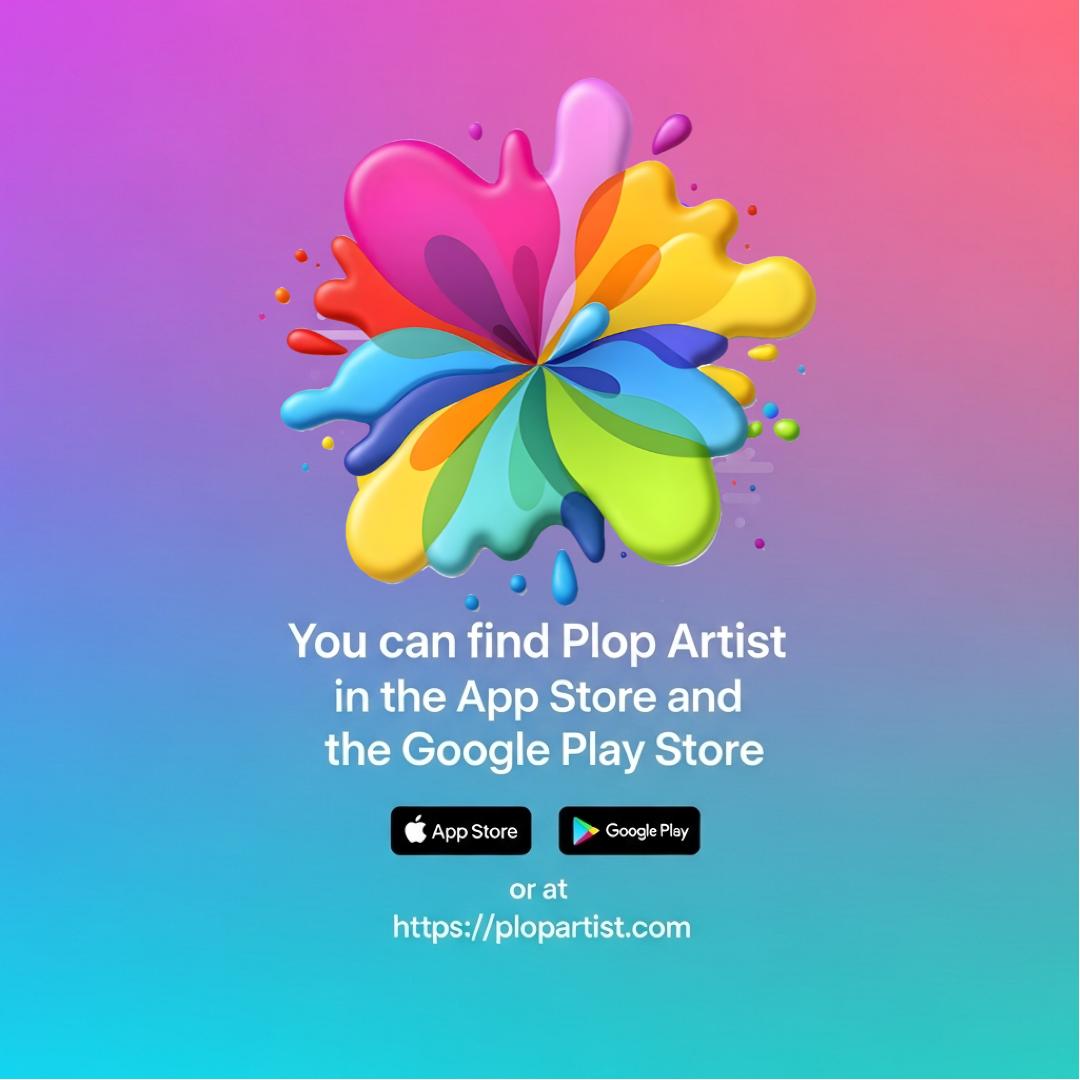The Story Behind Plop Artist

The Daily Dino Genesis
When the modern text-to-image models reached a decent enough level at the free tier, I started sending my wife daily pictograms featuring cartoon dinosaurs that had something to do with what was going on that day. We called them Daily Dinos. The process was multi-step and ripe for automation, so having the skillset I have it occurred to me that I could take the personal effort, and some might say charm, out of the process to package it up as an easy to use app that anybody could use to create their own Daily Dinos to share with their people.
The Technical Evolution
This was early 2025 and it felt like the AI-tech had reached a place that would be good enough to rocket me through the process of building my first mobile app in over a decade with a technology I had never used, React Native + Expo. (I had a few starts and stops with different stacks before going with this one.) During the process I decided to generalize the concept to allow for any text to be turned into a picture, rather than just the daily dinos, thus erasing all of the remaining charm of the original idea.
Essentially all I wanted was a fast, easy to use, and free way to turn text into pictures that were easy to share and collect vs. the tedious process of using the existing disparate services and sharing mechanisms. This is what became the premise of Plop Artist.
The Philosophy Behind "Plop"
I have an innate characteristic that makes it hard for me to take anything too serious, and at a high-level, that is what led to the name Plop Artist - that, plus I thought it was mildly creative. It's a play on the terms "pop art" and "AI slop" with a hint of a reference to "poop". The app itself allows pretty much anyone to "plop" out crappy to potentially quite impressive images with the greatest of ease.
At first I leaned pretty hard into this with the marketing copy on the website for the app, taking a very satirical approach. It was sort of a half-assed way to admit that maybe the world didn't need to be filled with AI slop, but quickly abandoned this approach, and my moral compass, and went with a more-likely-to-potentially-attract-real-users approach.
What's Next
It's live on the app stores. It could use some marketing, improved onboarding, additional models, and someone to do all of these things.